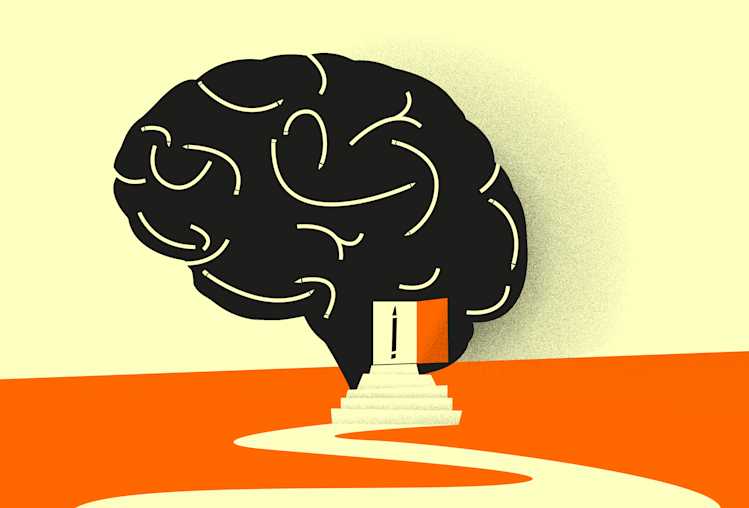Article
Applied Design Thinking

We’re often contacted by existing clients who want our help to implement design thinking within their organizations. Having worked with us on projects, they experience the value of design thinking first-hand and want to implement the thinking and methods into their own work.
So what do they like so much about design thinking, and what value do they think it can bring to their organization?
To explain the concept of design thinking, let me give you a quick recap on how we integrated the methods into our recent project with Ullstein Verlag. Together with their Head of New Business Initiatives, Marguerite Joly, and the rest of her team, we relaunched their online book community, Vorablesen, which has 45,000 dedicated users.
Essential to the agile development process were the three core criteria of design thinking, helping us prioritize and focus:
- Relevance to the users: we designed and developed to bring the most value to users, creating a relevant product and spending our time—and budget—in the best, most effective way possible.
- Feasibility: our designers and developers worked together to ensure product feasibility, implementing the latest technologies both by writing code ourselves and using existing plug-ins whenever possible. The goal was also to improve the platform for employees, optimizing workflows and saving time.
- Adapting to the business case: design decisions impact business decisions, and business decisions impact design decisions. Working closely with the Vorablesen team, we selected and deselected features, designing the product to be economically sustainable.
 Another essential part of the design thinking process is visualization. We visualized the scope and tasks in a scrum board, a tool that gives full transparency about tasks waiting to be tackled, those currently being worked on, and everything that’s been completed. It meant we were always aligned with our client on the status on the project, and could both profit from input from their side and react to potential changes.
Another essential part of the design thinking process is visualization. We visualized the scope and tasks in a scrum board, a tool that gives full transparency about tasks waiting to be tackled, those currently being worked on, and everything that’s been completed. It meant we were always aligned with our client on the status on the project, and could both profit from input from their side and react to potential changes.
We also visualized the motivations, needs, and wishes of both users and employees through the creation of personas, and used journeys to visualize their interaction with the product. The relevant data was gathered through qualitative and quantitative interviews and observations.
Personas and journeys create a common understanding of target groups, and also help in identifying unused potential, decision-making, and prioritizing. Our dialog with Vorablesen’s users continued throughout the project, both in user testing and also through a closed Facebook group where we gathered around 50 users and potential users to ask for feedback or input whenever needed.

We also used visualization in brainstorming situations. Using the method Design Studios, we boiled down our ideas on a big flip chart. Within 1-2 hours we had created a common idea, understanding, and come to a decision, all thanks to visual facilitation and design thinking.
So, back to our initial question: what did the Vorablesen team at Ullstein find so great about design thinking, and what value and benefits do they think it can bring to their organization?
Design thinking was used as a strategic decision making tool. It creates common understanding, breaks down complexity and enables quick decision making, which is essential for all organizations. At Ullstein we always reflect on and optimize how we work, and together with Edenspiekermann we’re integrating the thinking and methods into our internal processes.
— Marguerite Joly, Head of New Business Initiatives, Ullstein Verlag
Later this month we’ll be sharing more insights on implementing design thinking within organizations, and talking about a workshop that took us all the way to Sweden to share our design thinking methods.
Illustrations by Tomas Clarkson.